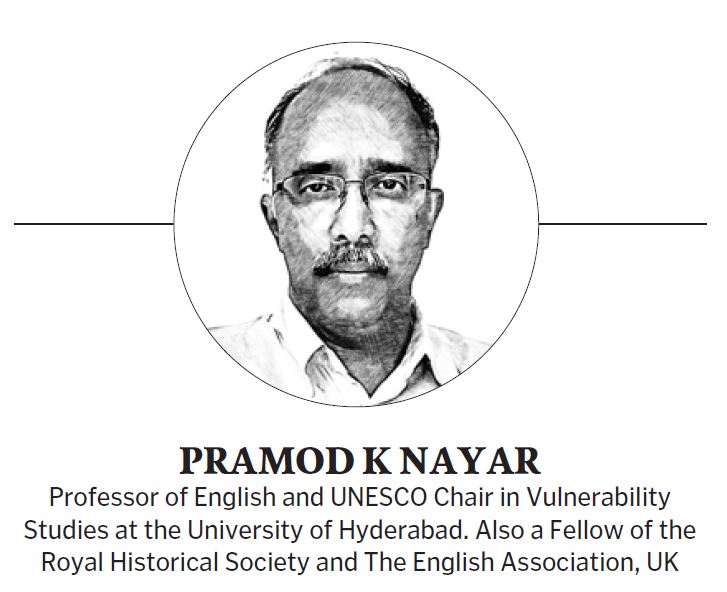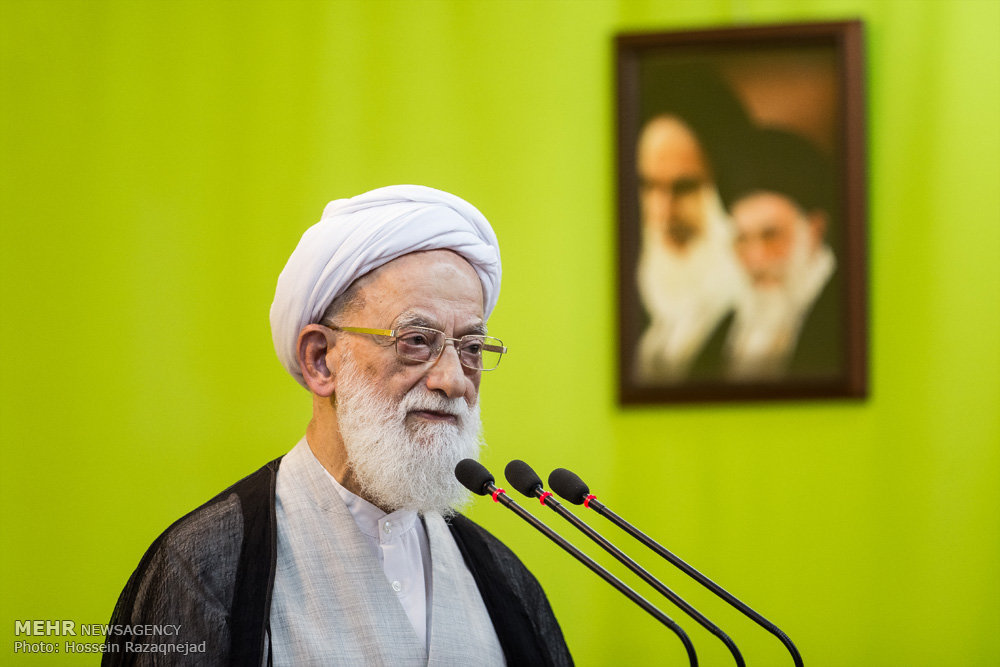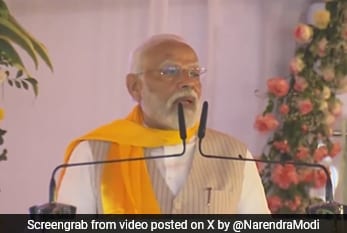The assassination of dissidents through poisoning is cognate with a literary obsession with poisons
Published Date – 2 March 2024, 11:59 PM
By Pramod K Nayar
The death of the Russian opposition leader, Alexei Navalny, has begun to shape up as thriller material with speculations on poisoning as a probable cause. This immediately conjures up the possibility, not of ordinary food poisoning, but murder. A toxic substance, almost undetectable in taste or odour, ingested…and death. Navalny’s death is located within a history of elimination through poisoning. Most notably we recall Russian defector, Alexander Litvinenko, whose death in 2006 became a medical-forensic cause celebre because it was the first recorded case of polonium poisoning.
Poisons are strange objects, mysterious, mystifying and malleable.
In the superhero mythos, toxic materials — such as venom but also radiation — once ingested, rather than killing the human, transform her/him into a superhuman. In thrillers and real life — such as the Litvinenko case — both, the poison and the poisoner are marked by subtlety and secrecy. Then, the poison is studied by both pharmacologists and toxicologists. It is the output of all biochemical processes, from digestion to industrial products. It is inside biological bodies but usually does not kill: they are necessary for the body’s processes. Their power is determined almost entirely by the effect they have within another body or context: did they cure or did they kill? They even become metaphors (‘poison pen’, people ‘poisoning’ others’ minds).
Poisons have an incredible history, from the alchemist’s lair to the forensic lab. It is a history of passion, crime, dangerous experiments and incredible cures.
All Mixed-up
Poisons have curative which scientists have explored. Many materials have been attributed with magical properties. Others worked toward transforming certain materials into precious metals.
John Emsley, the popular science writer, broadcaster and a chemistry faculty at King’s College, London, in his fascinating work The Elements of Murder notes that the use of poisonous substances was a common feature of the ‘science’ of alchemy, which was practised across much of the Ancient World, from China to Europe. Emsley notes how alchemists worked with extremely toxic materials, notably mercury, because ‘they believed that all other metals, including gold, were composed of mercury, sulphur, and salt, with mercury being the most important’. In 1940, the economist John Maynard Keynes discovered that Isaac Newton had spent a considerable amount of time trying to make gold. Among the other scientific and philosopher luminaries who had an abiding interest in alchemy were Robert Boyle and John Locke.
Poisons are strange objects, mysterious, mystifying and malleable
Newton’s tract, Clavis (1675), records that he had gone grey at 32, possibly due to exposure to mercury. Later letters document his medical ailments such as insomnia and bad digestion. LW Johnson and ML Wolbarsht in a 1979 essay in the Notes and Records of the Royal Society of London argued that Newton’s medical conditions were consistent with mercury poisoning, although records show he had also worked with lead, arsenic and antimony. England’s Charles II was known for his interest in alchemy, and his unexpected death has been attributed to his alchemical experiments with mercury in particular. This obsession with transmutation of various metals into gold has remained, according to some commentators, unabated, although scientific attention to the speculative theories and practices around alchemy has waned.
Mixing metals and catalysts often led to long-term damage, as historical forensics indicates in the above cases. But another history of mixed-up poisons also exists. Celebrities who have overdosed — or at least the pathology reports show massive amounts of potent drugs — include Jimi Hendrix, Judy Garland, Michael Jackson, Marilyn Monroe and more recently Matthew Perry. Diuretics, mood stabilisers, analgesics, anti-depressants and plain psychoactive medicines, painkillers…celebs have been hooked on them, and often paid the price.
But these are special cases. We, the non-celebs, also ingest poison.
Everyday Poisons
Mercury arguably remains the preeminent everyday poison, being present everywhere. Studies inform us that the average human consumes 3 mg mercury daily. It is a very old component of medicines, and we shed mercury every day from our hair and in our excrement.
Mercury enters us through food and commonplace repair functions — such as the amalgam for teeth fillings or in mirrors. This history of common consumption, mistakenly or intentionally, is captured in a rather cruel rhyme
Little Willie from his mirror
Licked the mercury right off,
Thinking in his childish error
It would cure the whooping cough.
At the funeral his mother
Brightly said to Mrs Brown:
‘’Twas a chilly day for Willie
When the mercury went down.’
If we turn to the history of everyday toxification, pesticides and farm chemicals, effluence and radiation are all around us, and often inside us. Rachel Carson inaugurated this history with her Silent Spring. Marla Cone in Silent Snow records her discovery of the high presence of Polychlorinated Biphenyls (PCBs) in the Inuits and Greenlanders who live far away from industrial zones. She notes how ‘two hundred toxic pesticides and industrial compounds have been detected in the bodies of the Arctic’s indigenous people and animals’. Cone calls this the ‘Arctic Paradox’, where the land ‘untouched by contemporary ills, so innocent, so primitive, so natural, [is] the home to the most contaminated people on the planet’.
Historical figures like Newton and Charles II dabbled in alchemy, whose chemicals induced dangerous medical conditions
The question of everyday toxins is not merely about the nature of the material substance that we ingest but the contexts in which this material is produced, disbursed, packaged and consumed. That is, as environmentalists and journalists have documented from the latter half of the 20th century, the toxin is embedded in larger social structures and economic practices such as toxic dumping in areas where the population is mainly of racial minorities, the dumping of unwanted pharmacological products in Global South nations, the effluence from industries which take the toxic wastes away from the source but into other regions, among others. Entire generations grew up on toxins. Sandra Steingraber opens her memoir, Living Downstream, thus:
I was born in 1959, and so share a birthdate with atrazine, which was first registered for market that year. In the same year DDT…reached its peak usage in the United States…
She adds: ‘for those of us born in the 1940s, 1950s, and 1960s…we were certainly the first generation to eat synthetic pesticides in our pureed vegetables’.
While the environmentalists point to everyday toxins, literary texts abound in the exotic and the innovative. The literary obsession with poisons and poisoners is legendary.
Poison Pens
There is the famous hemlock that Socrates supposedly drank and died from. Edward Tabor in a fascinating 1970 essay in the journal Economic Botany tracks the role of plant poisons in Shakespeare, tracing the playwright’s knowledge to the vast circulation of tracts on herbs and histories of plants in the 16th century. There has always been a pharmacological undertext to the literary and artistic imagination.
In Shakespeare’s texts, Hamlet and Romeo and Juliet are notable for the role of poisons (although as a metaphor, Iago in Othello could be seen as a poisonous character). In Romeo and Juliet, Juliet, believing her lover dead, stabs herself to death. Upon the discovery of her death, Romeo, tragic-stricken, takes poison, acting on this advice:
Put this in any liquid thing you will,
and drink it off; and, if you had the strength
of twenty men, it would dispatch you straight …
Early in the tale, he had faked his own death. A famous drawing exists of ‘Romeo gives money to an apothecary for a potion that will fake his death’. As critics have noted, Shakespeare inverts the traditional association of women and poison by making Juliet kill herself in a more ‘masculine’ way whereas Romeo uses the more ‘feminine’ route.
In Hamlet, there is the poisoned wine by which Claudius attempts to poison Hamlet (only to have it drunk by Hamlet’s mother). Claudius had earlier assassinated the king by pouring poison into the latter’s ear. Hamlet’s death comes in a sword fight because Laertes’ sword has a poisoned tip. The poet Samuel Taylor Coleridge and the essayist Thomas de Quincey recorded their experiences of opiates. John Keats wrote, in poetry, of the hemlock he had drunk.
The most sustained use of poison as a murder weapon is in Agatha Christie’s fiction
Arthur Conan Doyle employed a fictitious poison plant in ‘The Adventure of the Devil’s Foot’. Doyle himself experimented with gelsemium for his neuralgia and published his findings in the British Medical Journal. Doyle’s account of the effects of the chemical is replicated in Dr Watson’s description in ‘The Adventure of the Devil’s Foot’:
A thick, black cloud swirled before my eyes, and my mind told me that in this cloud, unseen as yet, but about to spring out upon my appalled senses, lurked all that was vaguely horrible, all that was monstrous and inconceivably wicked in the universe.
Poisons figure in five Doyle stories of homicides. Jefferson Hope (Study in Scarlet) and Jackie Ferguson (‘Sussex Vampire’) use South American arrow poisons. Bartholomew Sholto is killed by a thorn dipped in “some powerful vegetable alkaloid” in The Sign of Four. An African root figures in one story, and the venom from an Indian snake in another. As Susan Cannon Harris notes in her essay in Victorian Literature and Culture, Doyle consistently uses tropical plants as a source of poisons.
Poisons are used for different purposes, not just for murder. For example, in Wilkie Collins’ The Moonstone, Dr Candy poisons Franklin Blake with opium, and Blake steals the moonstone diamond under the influence of the drug. Lucrezia Borgia, the Italian noblewoman, often the prototype of the female poisoner through the myths around her (there is no historical evidence that she poisoned her husbands) became the subject of Edward Bulwer-Lytton’s Lucretia. When Salvador Dali was asked if he took drugs, he snorted and barked: ‘Dali is the drug’.
But the most sustained use of poison as a murder weapon is surely in Agatha Christie’s fiction. Look at the sheer variety, ranging from the commonplace veronal to the unusual phosphorus: arsenic, cyanide, digitalis, nicotine, hemlock, opium, veronal, ricin, strychnine and thallium.
Christie worked as an apothecary’s assistant at a local hospital in Torquay. Her knowledge of toxins was visible in her first work The Mysterious Affair at Styles (1920), which incidentally received a very favourable review in, of all places, the Pharmaceutical Journal and Pharmacist! Kathryn Harkup’s thorough A is for Arsenic: The Poisons of Agatha Christie offers a detailed account of the variety of poisons used, and ways of administering them, that the Queen of Crime dexterously employed as part of her vertiginously dizzying plots. Syringes, pies, wine, sandwiches, tablets, a meal …the list of methods of poisoning someone is innovative and often outright ingenious. For example, in her short story, ‘The Cretan Bull’, atropine is introduced into a salve used to soothe skin rash, and thus induces hallucinations in the victim.
Christie’s clues are also ingenious. For example, in Five Little Pigs, Amyas Crale has been given hemlock and his nervous system is beginning to fail. Meredith sees Amyas stagger, but puts it down to tiredness and the sun, when in fact it is hemlock beginning to affect his limbs accompanied by a growing physical infirmity. The second clue is in the statement Amyas makes ‘everything tastes foul today’, which Poirot immediately recognises as indicating that Amyas has ingested the bitter coniine before he is supposed to have consumed it in the wine.
Pharma-fresh
The poison fascinates because as a substance it is riddled with contradictions and paradoxes, just like the fascination for the extremely toxic puffer fish, considered a delicacy in Japan.
First, many substances are both poisonous and curative in their properties. This is why the philosopher Jacques Derrida plays with the term pharmakon, which is the root of ‘pharmacy’, where pharmakon is precisely both, toxin and cure:
[t]his pharmakon, this ‘medicine,’ this philter, which acts as both remedy and poison, already introduces itself into the body of discourse with all its ambivalence.
Then, much depends on the dosage of the substance. The right dosage versus excess dosage marks the difference between life and death. The dose or drug taken/given to alleviate misery or pain versus the wrong drug or dosage establishes, in forensic thrillers (including the new ones such as Knives Out), malafide intentions or therapeutic efforts.
Russian defector Alexander Litvinenko death in 2006 became a medical-forensic cause celebre because it was the first recorded case of polonium poisoning
Third, in historical forensics and literary fiction, the identity of the poison and the poisoner requires considerable probing. The detection of the substance occupies the field of forensics, and is the subject of much speculation (as in the case of Navalny). As the introduction to the volume Poison and Poisoning in Science, Fiction and Cinema: Precarious Identities (2017) puts it:
Poisons in particular pose a special challenge to identification: they are identified—or required to be identified—but they are mostly hidden, invisible, often imperceptible through the senses. They can permeate an entire world, such as when the green, arsenic-laden paint covering a widely used nineteenth-century wallpaper begins to peel, emitting highly toxic vapors into interior spaces and into the bodies of their inhabitants.
Then of course there is the question of time: how much time before the first signs of poisoning appear, the time to die, and the window of time for the antidote (if any), just like the time before the medicinal properties of the pill popped in manifest.
The poisoning of dissidents, celebrities and fictional characters, and everyday toxification informs our world. News reports as substance creep up on us slowly, paralyse us with dread, tingle our nerves, do a parade through the spine.
Welcome to the pharmacological unconscious.
























